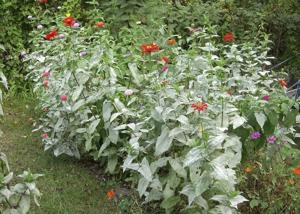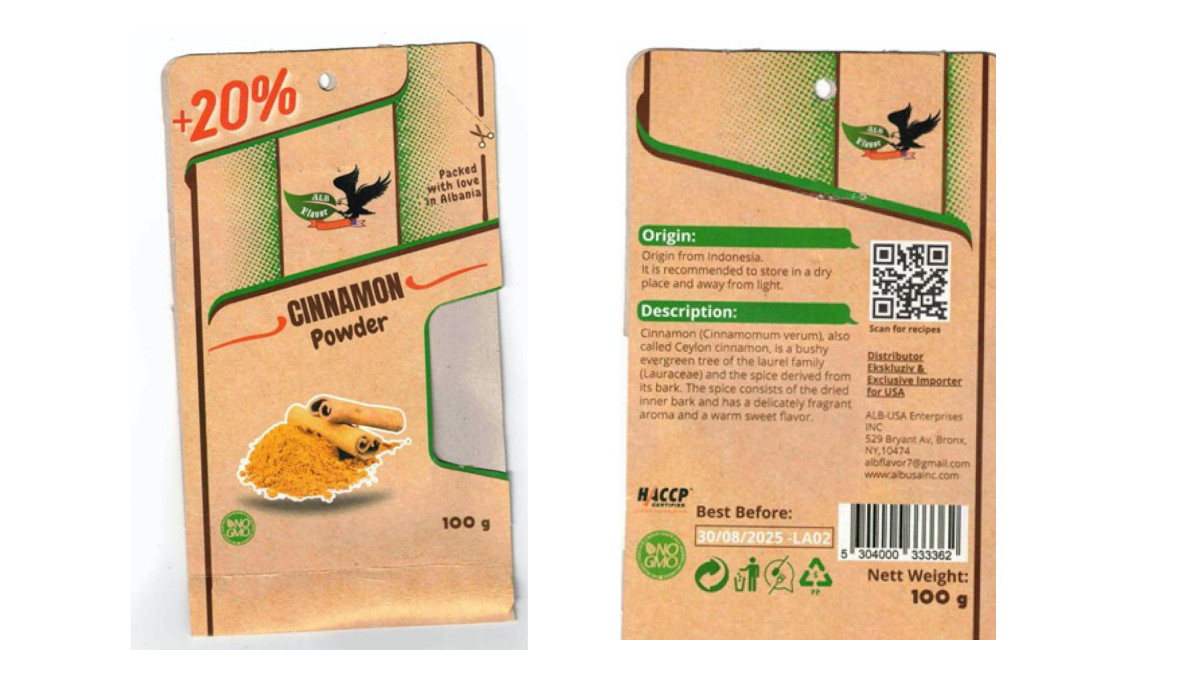As the growing season progresses, keep an eye out for a white or grayish-white powder on your plants. That’s powdery mildew, a fungus that affects a wide range of fruits, vegetables and flowers, coating their leaves, stems, blossoms and, in severe cases, entire plants. It isn’t pretty.
Some plants are more susceptible, with hydrangeas, lilacs, phlox and peonies being the most common targets. Other vulnerable plants include azaleas, blueberries, dahlias, delphinium, cucumbers, euonymus, lilacs, rhododendrons, roses, snapdragon, spirea, squash, wisteria and zinnias. If you’re growing any of these, monitor them regularly for symptoms.

The good news is that powdery mildew isn’t likely to kill your plants unless the infection is particularly severe. Left untreated, however, leaves may curl and turn yellow or brown, flowers may drop, and bloom times may be shortened. The fungus can also weaken and stunt plants, inhibiting photosynthesis and reducing their ability to absorb nutrients.
WHAT TO DO? As soon as you spot the disease’s telltale powdery coating, remove the affected leaves and dispose of them in the trash; don’t leave them lying around because their spores will continue to infect nearby plants. If the disease has progressed beyond a few leaves or you’re starting to notice an escalation of symptoms, apply horticultural or Neem oil according to package instructions. Alternatively, mix 1 tablespoon of baking soda with 1/2 teaspoon of horticultural oil or liquid d.



















